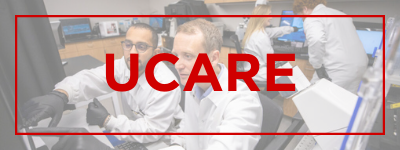UCARE: Undergraduate Creative Activities and Research Experiences

UCARE: Research Products
Date of this Version
Spring 4-30-2020
Document Type
Poster
Citation
Thomas, Ryley. Remediation strategies to reduce heavy metal uptake in lettuce grown in contaminated urban soil. Nebraska, Lincoln. Poster presentation, UCARE Research Fair, Spring 2020, University of Nebraska-Lincoln.
Abstract
Urban soils are increasingly used to produce food for local consumption, which requires at the same time management strategies that prevent the plant uptake of potentially present contaminants. This study was conducted to test different soil amendments for their ability to retain lead (Pb) and arsenic (As) within the soil matrix. The analyzed soil was taken from a potential community garden lot near a railroad in Lincoln, NE where elevated concentrations in Pb and As had been detected. Ponderosa pine biochar and spent coffee grounds were used as soil additives because of their documented chemical reactivity towards soil cations or anions. In a greenhouse experiment, romaine lettuce (Lactuce sativa) was grown in the soil collected from the community garden location with or without addition of biochar or coffee grounds. Lettuce was chosen due to its short growing season and high relevance for urban food production. The biochar amendment resulted in the lowest concentrations of both Pb and As in the leaves and stems parts of the plant compared to the garden control and the coffee ground amendment. In contrast, the coffee grounds had the highest concentrations of Pb and As throughout all three tested parts of the plant (leaf, stem, and roots) across treatments. These findings suggest that biochar application to urban soil presents a potential successful strategy to prevent the plant uptake of contaminants such as As and Pb. In a next step, this strategy needs to be tested for its usefulness towards a large variety of plants grown for food production in the urban environment.
Included in
Agricultural Science Commons, Agronomy and Crop Sciences Commons, Environmental Health and Protection Commons, Environmental Indicators and Impact Assessment Commons, Soil Science Commons


Comments
Copyright 2020 by the authors.